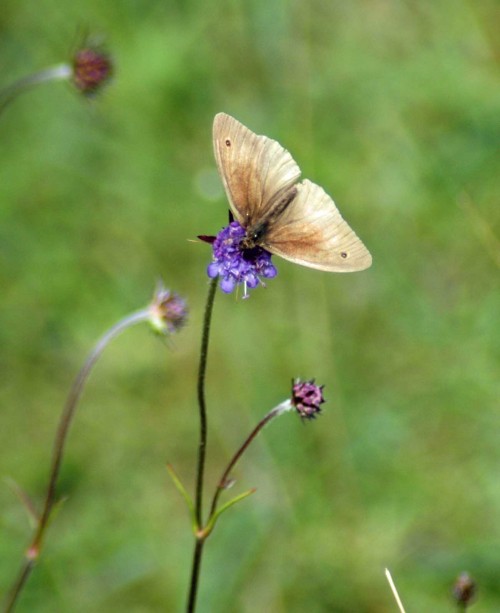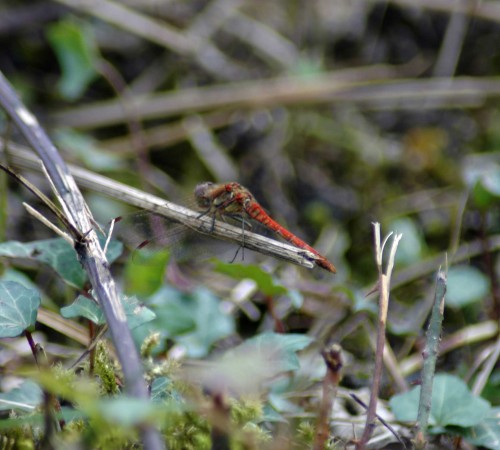Tags
common blue, dropwort, filipendula vulgaris, juniper, limestone pavement, Meadow Brown, scabious, scarlet pimpernel, small tortoiseshell, taxus baccata, wildflowers and insects, yew
Limestone Pavement
Limestone pavement is very scarce and only covers 2600ha in Britain, but it is a habitat with a high geological interest. The following is an extract from the Limestone Pavement Conservation website: http://www.limestone-pavements.org.uk/geology.html which explains their formation much better than I could, so I am quoting it here:
“The formation of limestone pavements in the UK and Ireland began with the scouring of the limestone by glaciers during the last ice age. The weight of the ice removed the soil that lay over the limestone, and also fractured the limestone along existing horizontal surfaces of weakness known as bedding planes. Fractured rocks were stripped away leaving level platforms of limestone on which a thick layer of boulder clay (glacial till) was deposited as the glaciers retreated. Wind blown material was then deposited on top of the boulder clay. This external material is particularly important for soil formation, as limestone does not weather down into soil which would mean if there had been no glacial deposits, there would have been no soil development. From the flat limestone surfaces, the characteristic features of limestone pavement have been formed by water in the glacially deposited soil exploiting cracks and fissures in the rock.”
On the website linked above there is a lot more information, including a photograph taken here, labelled ‘Sheltered wooded pavement’. under the heading ‘flora’.
I had a potter around the rocky pavement and found a few little plants still flowering, but it is a bit late in the season for most species of the wildflowers that could potentially be found here to be blooming, so I will have to come back in the spring for another look.
Below the pavement, loose gravelly ground slopes away and merges into a grassy area. Following recent rainfall shallow streams of run-off water were trickling down, making the bare ground muddy and the grassy area quite marshy, so any plants here would be well watered. There were some pretty groups of scabious, (not sure which species) flowering here, that were proving of great interest to a variety of insects including several species of hoverfly and a few butterflies.
During the time I was here I had the whole place to myself and as I was muddling around I suddenly realised that there were sizeable chunks of time when there was absolute peace and quiet. Not a single sound from a bird, a car, a plane, an animal or a person. It was so blissful I had to sit down on a rock to better enjoy it together with the wonderful views across to the hills in front of me and Penrhyn Bay, the sea and the Little Orme beyond.
My peaceful reverie was suddenly broken by intermittent rather muffled but quite loud voices. I thought at first that it must be people that had arrived to picnic somewhere close by as the level of the sound didn’t change as it would had they been walking around. Then the penny dropped; what I was hearing was the disembodied commentary from the ‘fun dog show’ just down the road in the village hall. It was a breezy afternoon too which meant the instructions being delivered, amplified by a PA system being used none too expertly, were probably clearer to me half a mile away than they were to the dog owners. It amused me to picture the scenes from the little village hall and hoped dogs and owners really were having fun.
There are some interesting trees and shrubs growing around the perimeter of the pavement area, including two of our three British native conifers, juniper and yew. Juniper is now a threatened plant species in Britain. Plantlife have warned that it is in serious trouble in Britain and with some southern counties having lost 70 per cent of their populations, the species is facing extinction across lowland England within 50 years. The loss of juniper would represent more than the loss of a single species – it supports more than 40 species of insect and fungus that cannot survive without it.
Junipers have been part of Britain’s landscape for thousands of years, and were one of the first trees to colonise Britain after the last Ice Age. Their aromatic berries are used in cooking and medicine, and are the key ingredient of gin.
I have mentioned already that there were yew trees growing in the woodland, but this one out in the open was easier to photograph.
Yew–Taxus baccata; Welsh: Ywen
Native to Britain and Ireland, the evergreen coniferous yew tree tolerates a wide range of conditions including the dense shading of woodland. It often grows singularly in woods but in groves elsewhere. It has long been planted in parks, gardens and has a long association with churchyards.
The leaves are highly toxic, as too is the seed inside the red berries owing to the presence of toxicantin and consuming as little as 50 to 100 grams of chopped leaves would be fatal to an adult.

Hart’s Tongue Fern – Asplenium scolopendrium.The sori (spore) pattern is reminiscent of a centipede’s legs, and scolopendrium is Latin for “centipede”.
Heading back across the limestone pavement I stopped to photograph a female Common Darter dragonfly that was basking in a sunny spot.
The information board describes the marked route around the reserve as ‘circular’, so I walked around the woodland edge to see if that meant there was another track to walk back on. As I was looking I spotted a plant with white flowers tucked in amongst some oak seedlings and long grass stems.

Dropwort flower tucked in between oak seedlings. This is a late-flowering stem, there are others around it that are going to seed.
The plant is Dropwort – Filipendula vulgaris, and is related to Meadowsweet (it is in the same Genus). The flowers are larger than those of Meadowsweet, and the plant is much shorter, typically less than half the size. Dropwort also prefers a chalky or limestone grassland whereas Meadowsweet likes to grow on damp ground or near water. This was a late-flowering stem, its main flowering time being June-August, so I was lucky to find it. There were other stems close by going to seed, but I doubt I would have noticed them it the flowers hadn’t caught my eye.
This Dropwort is not a relation to Water Dropworts
which are mostly extremely poisonous to people, and in this instance the name of the plant does not mean that if it is eaten they will ‘drop down’; it refers to the large pea-sized drop-like tubers on its roots. However, the leaves and roots do contain Methyl Salicylate, which serves to attract beneficial insects but to kill any that dare try to eat it, as it is toxic. Due to the presence of the chemical, if the leaves or root are crushed they do smell faintly of oil of Wintergreen.
I walked back through the woods and back out into the sunshine. There were a number of little dragonflies flitting about on the woodland edge, again Common Darters. Amongst them a pretty red adult male that obliging ‘perched’ for just long enough for me to photograph him.
The flowery bit of land I described in the first part of this post was still busy with insects, but now they were joined by butterflies, a Meadow Brown, Large White, a couple of Small Tortoishells and an absolutely gorgeous Peacock.



















